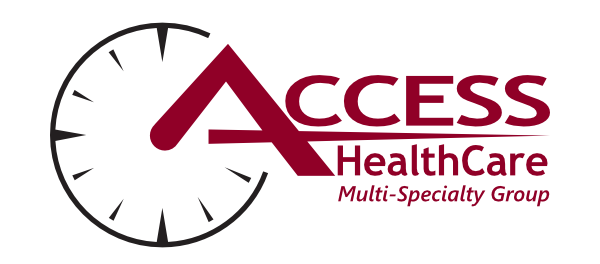We’re diving into a new way of looking at healthcare; that’s all about you. It’s called Direct Primary Care (DPC), and it’s a game-changer. In this blog, we’ll explain what DPC is, why it’s a great partner for a High Deductible Health Plan (HDHPs), or those without insurance, and how DPC is not just a medical model; it’s a journey back to the roots of healthcare, where you and your physician forge a direct and personal connection.
Understanding Direct Primary Care
DPC is straightforward – pay a membership fee directly to your doctor, with no middlemen and no insurance hassles. Enjoy more time with your doctor, extended appointments, and a focus on your health, not dictated by insurance protocols. It’s your health, your way.
Why DPC Is Ideal for Routine Care
Oftentimes, people only see their doctor when they need a fix, and something’s wrong. But DPC isn’t just about fixing stuff – it’s about stopping problems before they start. Imagine having a doctor who knows you well and keeps tabs on your health with regular check-ups and screenings.
The neat thing about DPC is that it’s like turning on the lights in a dark room when it comes to knowing how much routine care costs. No surprises or confusing bills – you see the costs upfront. This makes planning and budgeting for your health super easy. It’s like having a map for your health journey.
When you know how much things cost, you can plan better and use your money wisely. This isn’t just about money; it’s about ensuring you can get the care you need without any surprises. With DPC, you’re in the driver’s seat regarding your health and wallet.
The Synergy with HDHPs and the Uninsured
Thinking about going for a High Deductible Health Plan (HDHP)? Pairing it up with Direct Primary Care (DPC) forms a dynamic duo. HDHPs and DPC work together to save you money. HDHPs handle the big medical bills, and DPC takes care of routine stuff, making healthcare more affordable. It’s like a tag team for preventing health issues – a win-win combo that’s all about saving costs and keeping you healthy.
On the other hand, what if you don’t have insurance? Enrolling in Direct Primary Care is a smart move. Even without insurance, you can benefit from the cost-effectiveness of DPC. While you handle the routine care with DPC, you can avoid hefty medical bills. It’s a practical approach to healthcare that focuses on preventing issues without the financial burden. So, even if you’re not covered by insurance, pairing up with DPC still offers a winning strategy for affordable and preventive care.
Advantages for Patients
DPC tailors benefits to your needs. Prioritizing accessibility, it offers longer appointment times and convenient same-day or next-day slots. Preventive care takes the lead, addressing potential health issues before they escalate. Transparency in pricing eliminates surprises, and the doctor-patient relationship is revitalized, offering a personalized and attentive healthcare experience.
Experience healthcare on your terms with DPC, where accessibility, preventive care, transparent costs, streamlined processes, and a renewed relationship focus come together for an unparalleled healthcare journey.
Access Direct Primary Care at Access Healthcare Multi-Specialty Group
Access DPC at AHMG is a commitment to personalized care. Tailored enrollment options cater to different age groups, ensuring affordability:
Child & Young Adult (Under Age 26):
- Initial Enrollment Fee: $10
- Monthly Fee: $10
College Student (Age 18 – 26):
- Initial Enrollment Fee: $30
- Monthly Fee: $30
Adult (Age 26 – 64):
- Initial Enrollment Fee: $60
- Monthly Fee: $60
Access DPC redefines primary care with an affordable and accountable model. An office visit is priced at just $5, making healthcare accessible to all. Explore more on our Direct Primary Care page.
Wrapping Up
That’s the lowdown on Direct Primary Care – a patient-centric approach putting your health first. Interested? Access Direct Primary Care is ready to support your journey to better health. Reach out, explore our offerings, and schedule a free meet and greet today with a Direct Primary Care physician.
Contact us today – your journey to better health starts now. 434.316.7199
